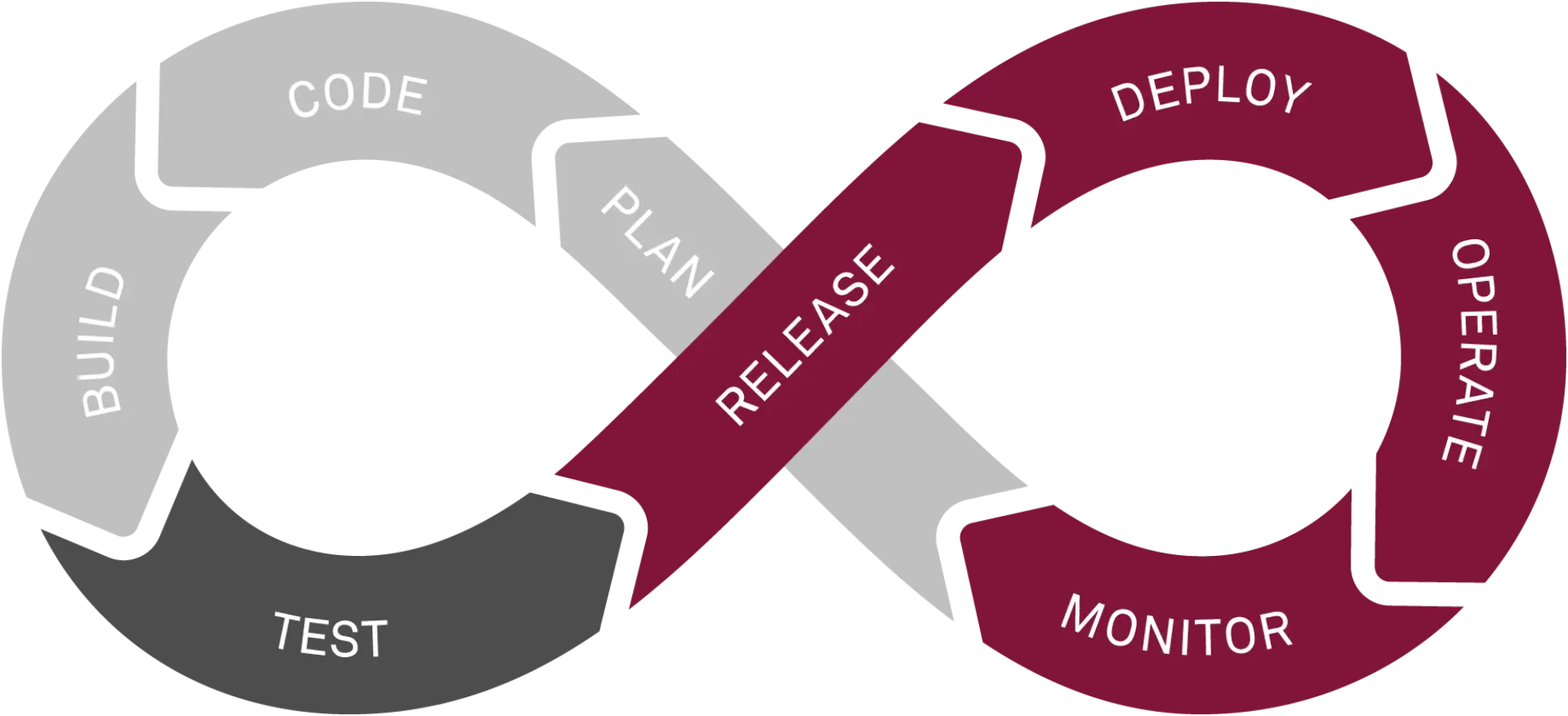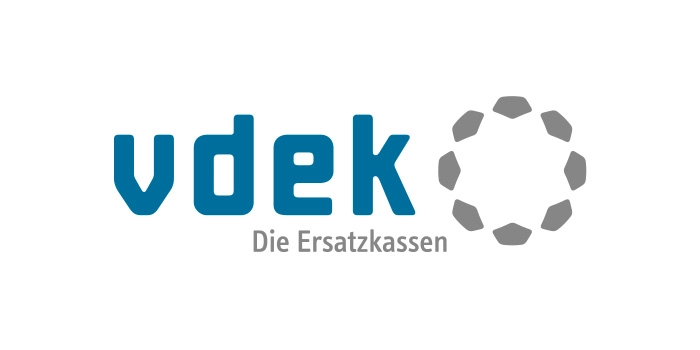

DevOps
Business success through continuous delivery
Do you only deliver your product? Or do you deliver what the customer really wants?
DevOps is the right answer to the challenges you have to face in the context of digitalization to remain successful on the market.
By delivering frequently and monitoring user feedback, you go through a steep learning curve for your service quality, thus remaining attractive to your customers because you know what they really want.
Beyond functional and non-functional aspects, this is the essential quality aspect in the age of digitalization.
Do you have any questions?

Dr. Stefan Jobst
Head of Department Test & Quality Management
Continuous Delivery, Continuous Testing and Continuous Monitoring are the necessary prerequisites for an accurate fulfillment of the customer expectations.
The benefits of DevOps speak for themselves

-
Speed: Continuous Delivery reduces the time between deliveries of a new release.
-
Customer Value: Fast response to feedback and quick response times help keep customers and users satisfied.
-
Cost-Effectiveness: Early response to errors and the possibility to make necessary adjustments within the development process reduce costs.
-
Quality: Fast response times enable you to continuously improve quality.
msg is the right partner for your DevOps journey
Speed
- Quarterly releases at most
- Long waiting periods for feedback
- High lead times for infrastructure provisioning
- Time-intensive test cycles
Quality
- Unsatisfied customers/ poor user experience
- High number of defects in production
- Reputation-damaging go live disasters
- Headline-making system failures in the scope of changes
Motivation
- High stress level in ops
- Finger-pointing between silos
- Night and weekend work
- Securing your own area
- Large amount of unplanned work
Biz
- Permanent monitoring of customer requirements
- High availability for the dev team
Dev
- Fast response to new/ adjusted requirements
- Consideration of operation needs
Test
- Increased test speed
- High-frequent regression testing
- Implementation of continuous testing
Sec
- Early definition of security requirements
Ops
- Readiness for high-frequency productive rollouts
- Implementation of modern risk management methods
Orga
- Work across teams
- Feature-oriented lineup
- Broad T-shaped profiles
Processes
- Short lead times
- Continuous processes from requirements to go-live
- Active feedback process
Tools
- Efficient automated Continuous Delivery Tool Chain
- High level of automation of regression tests
- Automated provisioning of environments
Culture
- No blame
- Whole-team approach
- Intensive collaboration
msg provides all quality assurance aspects from a single source
Our working method
- Assessment of product quality/customer satisfaction
- Localization of test tasks in the project organizational chart
- Determination of relevant roles and artifacts in the test process
- Elaboration of skill levels and mindset of testers
- Assessment of mood/cooperation behavior in the team
- As-is assessment of the use of test/PM/communication tools
- Measurement of the degree of automation (testing, provisioning)
- Identification of existing feedback mechanisms
Results
- Organizational chart with assignment of test tasks
- Overview of the main processes
- List of tools used
- Formulation of target scenarios for organization, processes, tool support, culture/ mindset
- Comparison of best practice examples from msg projects
- Consultation of msg DevOps and test experts
Results
- Comprehensive coverage of developer tests
- Intensive communication between test and development
- Structured approach to exploratory testing
- High frequency automated regression tests
- Automated provisioning of test environments (IaC)
- Cleanly designed version management of test cases
- Intensive monitoring of the application in production
- Identification of levers and fields of action
- Coordination and prioritization of measures with the customer
- Identification of adequate resources/capacities
- Definition of responsibilities and scheduling of measures
Results
- Project schedule with task packages and milestones
- Indication for costs and efforts for measures to be implemented
- Examples:
- Adjustment of task/team average
- Redesign of processes
- Evaluation of tools
- Development of know-how
- Change management (adjustment of the organizational structure, re-assignment of responsibilities, etc.)
- Adjustment of processes (e.g., defect management)
- Expansion of tool support and integration (e.g., provisioning, monitoring, communication, etc.)
- Coaching DevOps mindset
- Training/ support for exploratory testing
Results
- Reduced number of defects in production
- Increased employee satisfaction in the project
- Reduced runtimes/optimized coverage of
- Regression tests
- Continuous feedback from production











